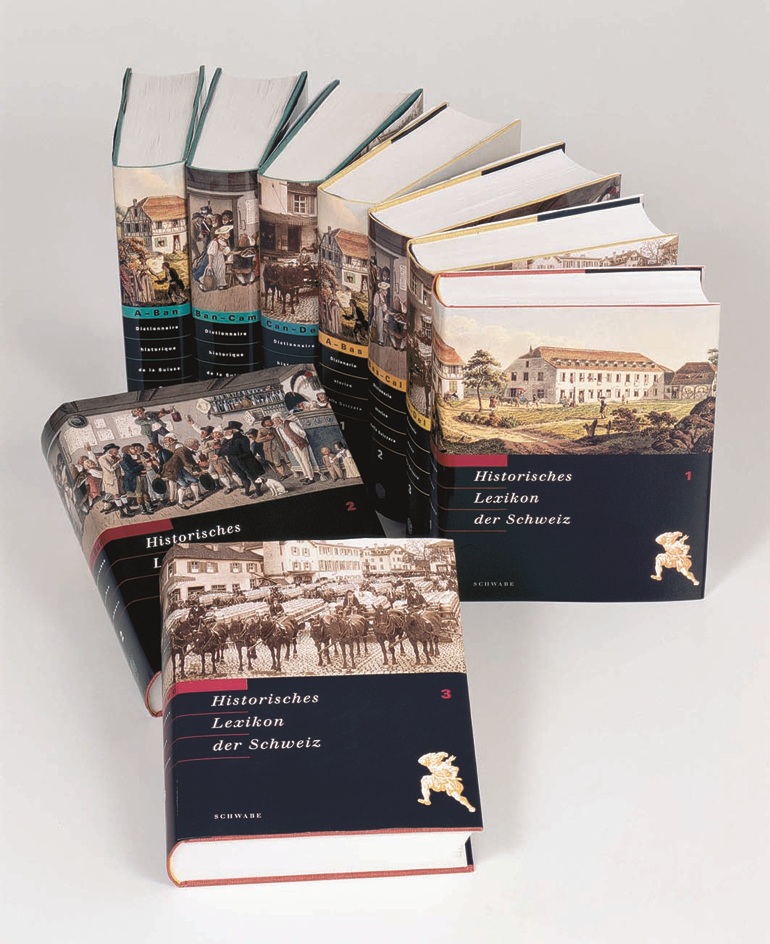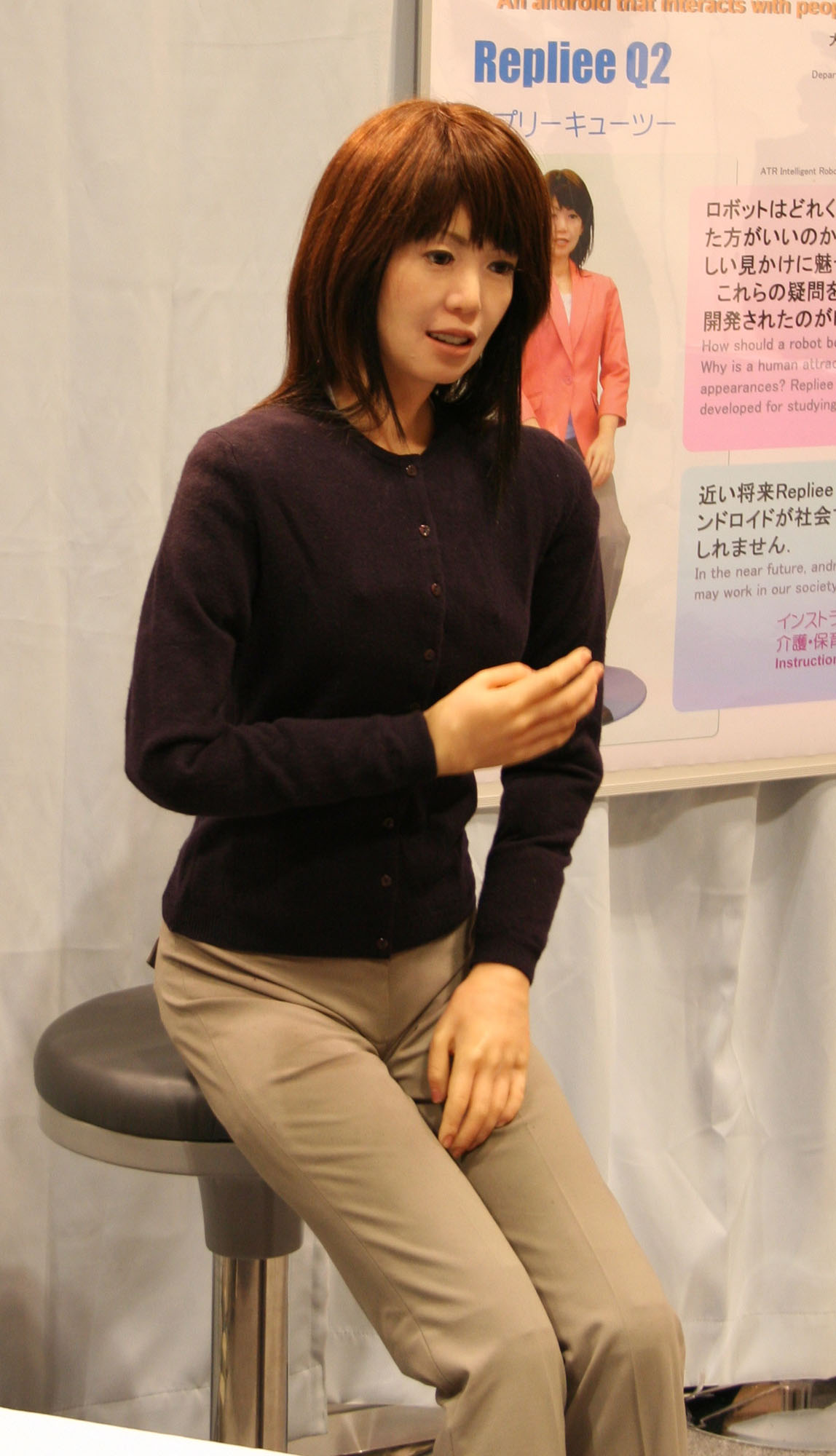|
Pierre Jaquet-Droz
Pierre Jaquet-Droz (; 1721–1790) was a watchmaker of the late eighteenth century. He was born on 28 July 1721 in La Chaux-de-Fonds, in the Principality of Neuchâtel, which was then part of the Kingdom of Prussia. He lived in Paris, London, and Geneva, where he designed and built animated dolls known as Jaquet-Droz automata, automata to help his firm sell watches and mechanical caged songbirds. The Jaquet Droz luxury watch brand is now owned by The Swatch Group. Notable works Constructed between 1768 and 1774 by Pierre Jaquet-Droz, his son Henri-Louis (1752-1791), and Jean-Frédéric Leschot (1746-1824), the automata include ''The Writer'' (made of 6000 pieces), ''The Musician'' (2500 pieces), and ''The Draughtsman'' (2000 pieces). His astonishing mechanisms fascinated the kings and emperors of Europe, China, India and Japan. Some consider these devices to be the oldest examples of the computer. ''The Writer'', a mechanical boy who writes with a quill pen upon paper with real ... [...More Info...] [...Related Items...] OR: [Wikipedia] [Google] [Baidu] |
Pierre Jaquet-Droz, 1758
Pierre is a masculine given name. It is a French language, French form of the name Peter (given name), Peter. Pierre originally meant "rock" or "stone" in French (derived from the Greek word πέτρος (''petros'') meaning "stone, rock", via Latin "petra"). It is a translation of Aramaic כיפא (''Kefa),'' the nickname Jesus gave to apostle Saint Peter, Simon Bar-Jona, referred in English as Saint Peter. Pierre is also found as a surname. People with the given name * Monsieur Pierre, Pierre Jean Philippe Zurcher-Margolle (c. 1890–1963), French ballroom dancer and dance teacher * Pierre (footballer), Lucas Pierre Santos Oliveira (born 1982), Brazilian footballer * Pierre, Baron of Beauvau (c. 1380–1453) * Pierre, Duke of Penthièvre (1845–1919) * Pierre, marquis de Fayet (died 1737), French naval commander and Governor General of Saint-Domingue * Prince Pierre, Duke of Valentinois (1895–1964), father of Rainier III of Monaco * Pierre Affre (1590–1669), French sculp ... [...More Info...] [...Related Items...] OR: [Wikipedia] [Google] [Baidu] |
Quill Pen
A quill is a writing tool made from a moulted flight feather (preferably a primary wing-feather) of a large bird. Quills were used for writing with ink before the invention of the dip pen/metal- nibbed pen, the fountain pen, and, eventually, the ballpoint pen. As with the earlier reed pen (and later dip pen), a quill has no internal ink reservoir and therefore needs to periodically be dipped into an inkwell during writing. The hand-cut goose quill is rarely used as a calligraphy tool anymore because many papers are now derived from wood pulp and would quickly wear a quill down. However, it is still the tool of choice for a few scribes who have noted that quills provide an unmatched sharp stroke as well as greater flexibility than a steel pen. Description The shaft of a flight feather is long and hollow, making it an obvious candidate for being crafted into a pen. The process of making a quill from a feather involves curing the shaft to harden it, then fashioning its tip ... [...More Info...] [...Related Items...] OR: [Wikipedia] [Google] [Baidu] |
People From La Chaux-de-Fonds
The term "the people" refers to the public or common mass of people of a polity. As such it is a concept of human rights law, international law as well as constitutional law, particularly used for claims of popular sovereignty. In contrast, a people is any plurality of persons considered as a whole. Used in politics and law, the term "a people" refers to the collective or community of an ethnic group or nation. Concepts Legal Chapter One, Article One of the Charter of the United Nations states that "peoples" have the right to self-determination. Though the mere status as peoples and the right to self-determination, as for example in the case of Indigenous peoples (''peoples'', as in all groups of indigenous people, not merely all indigenous persons as in ''indigenous people''), does not automatically provide for independent sovereignty and therefore secession. Indeed, judge Ivor Jennings identified the inherent problems in the right of "peoples" to self-determination, as i ... [...More Info...] [...Related Items...] OR: [Wikipedia] [Google] [Baidu] |
1790 Deaths
Events January–March * January 8 – United States President George Washington gives the first State of the Union address, in New York City. * January 11 – The 11 minor states of the Austrian Netherlands, which took part in the Brabant Revolution at the end of 1789, sign a Treaty of Union (United States of Belgium), Treaty of Union, creating the United States of Belgium. * January 14 – U.S. Secretary of the Treasury Alexander Hamilton submits his proposed plan for payment of American debts, starting with $12,000,000 to pay the foreign debts of the confederation, followed by $40 million for domestic debts, and $21.5 million for the war debts of the states. The plan is narrowly approved 14-12 in the Senate, and 34-28 in the House.''Harper's Encyclopaedia of United States History from 458 A. D. to 1909'', ed. by Benson John Lossing and, Woodrow Wilson (Harper & Brothers, 1910) p169 * January 15 – Fletcher Christian & 8 mutineers aboard the ''Bounty'' ... [...More Info...] [...Related Items...] OR: [Wikipedia] [Google] [Baidu] |
1721 Births
Events January–March * January 6 – The Committee of Inquiry on the collapse of the South Sea Company in Kingdom of Great Britain, Great Britain publishes its findings. * February 5 – James Stanhope, 1st Earl Stanhope, James Stanhope, chief minister of Great Britain, dies a day after collapsing while vigorously defending his government's conduct over the "South Sea Bubble" in Parliament. * March 24 – Johann Sebastian Bach's ''Brandenburg concertos'' are completed, and dedicated to Christian Ludwig of Brandenburg-Schwedt. April–June * April 4 – Robert Walpole becomes the first Prime Minister of Great Britain (although this is more a term of disparagement at this time). * April 21 – The deadliest 1721 Boston smallpox outbreak, outbreak of smallpox in the history of Boston begins when the British ship HMS ''Sea Horse'' arrives in Boston Harbor with a crew of sailors who had survived a smallpox epidemic. One of the ''Seahorse'' crew who had ... [...More Info...] [...Related Items...] OR: [Wikipedia] [Google] [Baidu] |
Historical Dictionary Of Switzerland
The ''Historical Dictionary of Switzerland'' (Dictionnaire historique de la Suisse; DHS) is an encyclopedia on the history of Switzerland. It aims to present the history of Switzerland in the form of an encyclopaedia, published both on paper and on the internet, in three of the country's national languages: German, French and Italian. When it was completed at the end of 2014, the paper version contained around 36,000 articles divided into thirteen volumes. At the same time, a reduced edition of the dictionary has been published in Romansh language, Romansh under the title ''Lexicon istoric retic'' (LIR), and constitutes the first specialist dictionary in the Rhaeto-Romance languages, Rhaeto-Romance, Switzerland. The encyclopedia is published by a Foundation (charity), foundation under the patronage of the Swiss Academies of Arts and Sciences, Swiss Academy of Humanities and Social Sciences (SAGW/ASSH) and the Swiss Historical Society (SGG-SHH) and is financed by national resear ... [...More Info...] [...Related Items...] OR: [Wikipedia] [Google] [Baidu] |
Singing Bird Box
A singing bird box (''boîte à oiseau chanteur'' in French) is a box, usually rectangular-shaped, which contains within a miniature automaton singing bird concealed below an oval lid and activated by means of an operating lever. Its origins are found in the city of Geneva and its invention in 1784/85 is attributed to Pierre Jaquet-Droz. The French term ''tabatière'' has also come to be used for any small decorative box resembling a snuffbox in form but not necessarily any longer used to contain Snuff (tobacco), snuff. Characteristics This object is made up of two separate parts, habitually crafted by different makers. The outer casing is a rectangular box variable in size, although with a standard measurement of approximately 100 × 65 × 40 mm, made of base metal, precious metal, Tortoiseshell material, tortoiseshell or other materials. It has an oval hole, some 45 x 35 mm in its top, edged normally by a decorative metal bezel. On the front of the box there is a s ... [...More Info...] [...Related Items...] OR: [Wikipedia] [Google] [Baidu] |
Humanoid Robot
A humanoid robot is a robot resembling the human body in shape. The design may be for functional purposes, such as interacting with human tools and environments and working alongside humans, for experimental purposes, such as the study of bipedal locomotion, or for other purposes. In general, humanoid robots have a torso, a head, two arms, and two legs, though some humanoid robots may replicate only part of the body. Androids are humanoid robots built to aesthetically resemble humans. History The concept of a humanoid robot originated in many different cultures around the world. Some of the earliest accounts of the idea of humanoid automata date to the 4th century BCE in Greek mythologies and various religious and philosophical texts from China. Physical prototypes of humanoid automata were later created in the Middle East, Italy, Japan, France and South Korea. Greece The Greek god of blacksmiths, Hephaestus, created several different humanoid automata in various myths. In ... [...More Info...] [...Related Items...] OR: [Wikipedia] [Google] [Baidu] |
Android (robot)
An android is a humanoid robot or other artificial being, often made from a flesh-like material. Historically, androids existed only in the domain of science fiction and were frequently seen in film and television, but advances in robotics, robot technology have allowed the design of functional and realistic humanoid robots. Terminology The ''Oxford English Dictionary'' traces the earliest use (as "Androides") to Ephraim Chambers' 1728 ''Cyclopaedia, or an Universal Dictionary of Arts and Sciences, Cyclopaedia,'' in reference to an automaton that St. Albertus Magnus allegedly created. By the late 1700s, "androides", elaborate mechanical devices resembling humans performing human activities, were displayed in exhibit halls. The term "android" appears in US patents as early as 1863 in reference to miniature human-like toy automatons. The term ''android'' was used in a more modern sense by the French author Auguste Villiers de l'Isle-Adam in his work ''The Future Eve, Tomorrow's E ... [...More Info...] [...Related Items...] OR: [Wikipedia] [Google] [Baidu] |
Maillardet's Automaton
Maillardet's automaton (or Draughtsman-Writer, Maelzel's Juvenile Artist, Juvenile Artist) is an automaton built in London c. 1800 by a Swiss mechanician, Henri Maillardet. It is currently part of the collections at The Franklin Institute in Philadelphia. Acquisition In November 1928 the Franklin Institute received the pieces of a brass machine. It came from the descendants of John Penn Brock, a family who knew that at some time it had been able to write and draw pictures. Having been in a fire, its restoration involved a considerable amount of work. The Brock family believed that the machine had been made in France by an inventor named Maelzel. The original writing instrument, either a quill or a brush, was replaced with a stylographic fountain pen. Once repaired, the automaton began to produce elaborate sketches and poems. In the border surrounding the final poem, the automaton wrote, ''"Ecrit par L'Automate de Maillardet"'', translating to "Written by the automaton of Mailla ... [...More Info...] [...Related Items...] OR: [Wikipedia] [Google] [Baidu] |








